In the fast-paced world of gaming today, having the right setup can make all the difference in terms of immersion and enjoyment. Being an Indian gamer, you’ll want your LED TV to be optimized so that it gives the best visuals and performance possible. This guide will take you through setting up your LED TV for high-definition gaming step-by-step with practical tips and tricks along the way, whether you’re a casual player or hardcore enthusiast. We cover everything from selecting the right television set to adjusting settings and fixing common problems that may arise during this process. So just sit back with your controller in hand because we are about to dive into HD gaming on an LED TV!
Practical Tips for Choosing the Right LED TV for Gaming
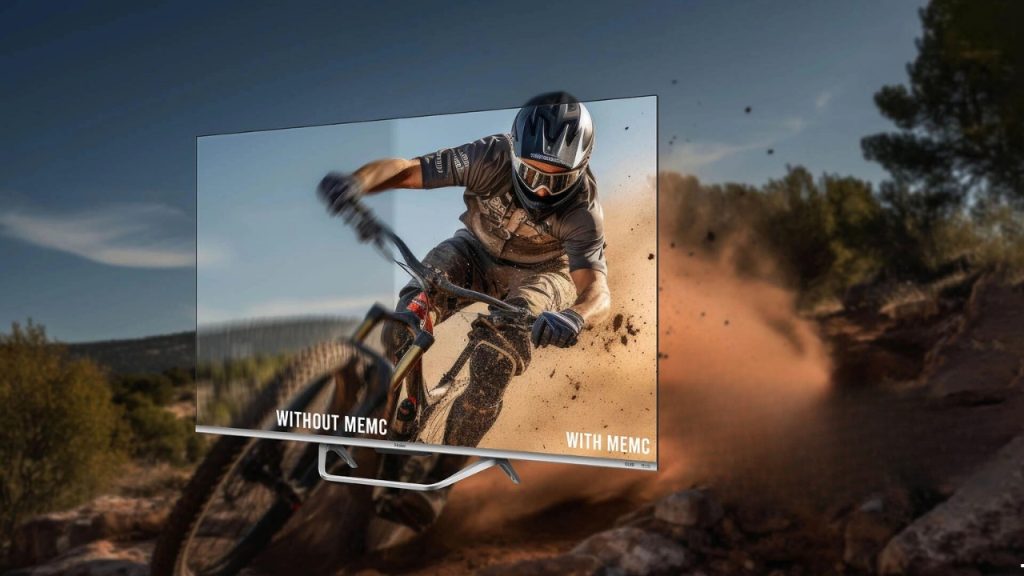
Screen Size and Resolution
You should consider the size of your room as well as viewing distance when choosing a screen size for an LED TV. A 55-inch may be perfect for medium sized living rooms, while smaller models like 32-inches could suffice in bedroom setups. Another key factor here is resolution, where 4K (3840×2160 pixels) currently offers sharpness beyond imagination. But if budgets are tight, then go with 1080p (1920×1080 pixels) which still delivers great performance levels during games.
The Haier QLED 165cm (65) Smart Google TV – 65S9QT is a television with game mode, hence suitable for gaming. Its features include:
- QLED display provides vibrant colors, bright visuals, and energy efficiency
- Dolby Vision IQ adjusts picture based on ambient light for an optimized viewing experience
- Local dimming enhances contrast and black levels
- 120Hz MEMC delivers smooth motion and reduced blur
- Hands-free voice control for operating TV and smart devices
- Google TV offers personalized recommendations and tailored content
- Ample RAM and storage enables smooth performance
- Game mode boosts graphics and reduces lag for better gaming
- dbxtv audio enhancement creates an immersive listening experience
Refresh Rate and Response Time
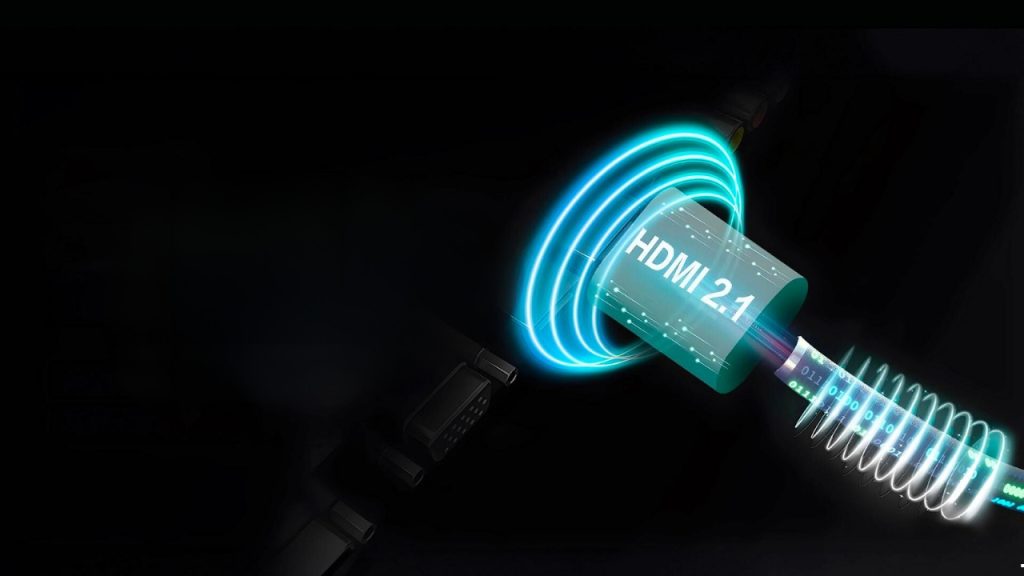
Refresh rate refers to how many times per second a display updates its content, while response time measures how quickly individual pixels change colors or shades of gray in response to new information received from game consoles or computers via HDMI cables etcetera. Both these factors affect smoothness and quality of the gameplay experience. For a smooth, lag-free gaming experience, one must choose LED TVs with refresh rates not below 60Hz (60 times per second) – though anything higher than that like 120Hz or 240Hz is even better, especially for fast-paced games. Response time should not exceed 5ms, since lower values minimize motion blur effects.
The Haier OLED 165cm (65) Google TV – 65C11 is another model with features such as:
- OLED display provides vibrant colors, deep blacks and wide viewing angles for an immersive viewing experience.
- Dolby Vision IQ and Dolby Atmos deliver optimized picture and immersive sound adjusted to ambient light and content.
- 50W Harman Kardon speakers produce rich, balanced audio with clear highs and deep lows.
- MEMC 120Hz motion smoothing reduces blur for fast action content.
- Hands-free Google Assistant voice control operates TV and smart home devices.
- Google TV interface provides personalized recommendations and tailored content.
- 3GB RAM + 32GB storage enables smooth performance and ample app/file storage.
- Game mode with VRR and ALLM optimizes gaming with smoother graphics and lower input lag.
- dbx TV audio enhancement technology improves sound quality for more immersive listening.
HDR (High Dynamic Range) Support
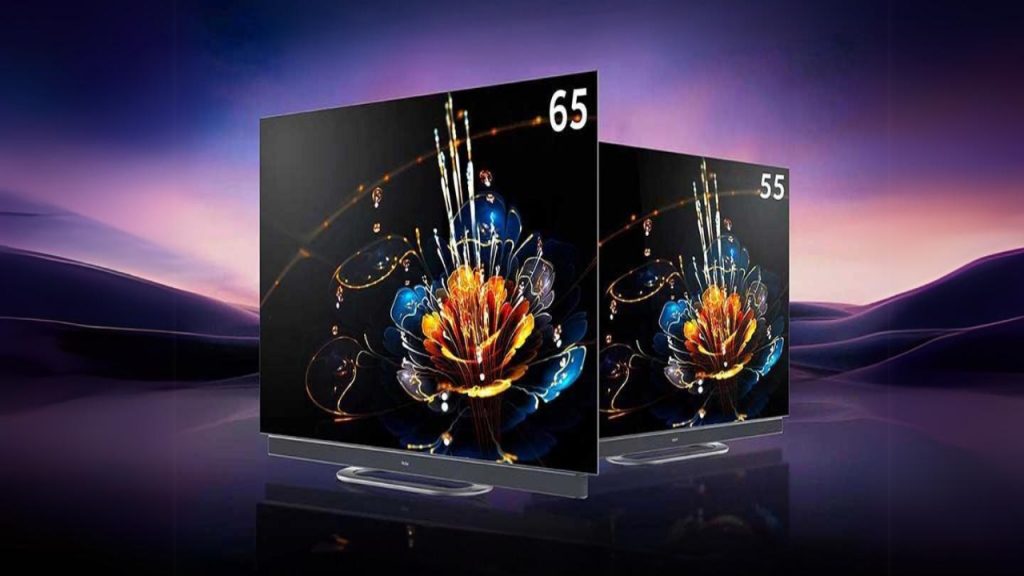
HDR technology increases contrast ratios, thereby improving color ranges displayed by game titles, thus making them appear more vibrant and lifelike. It does this through boosting peak brightness levels achievable on compatible displays such as LED TVs equipped with this feature. If your console supports HDR, then consider buying an LED TV having HDR capabilities. Look for models supporting different HDR formats like HDR10, HDR10+, or Dolby Vision, which give the best results in terms of visual quality during gameplay sessions.
The Haier QLED 190cm (75) Google TV – 75S800QT is large screen model with features such as:
- QLED display with quantum dot technology for vivid colors, high brightness, and energy efficiency
- Dolby Vision HDR for ultra-realistic images with incredible contrast and color
- Dolby Atmos audio provides immersive 3D sound with height channels
- 120Hz refresh rate ensures smooth, judder-free motion handling
- Micro dimming for deep blacks and enhanced contrast in localized screen areas
- MEMC 60Hz reduces motion blur for clearer, sharper visuals during fast action scenes
- Google TV interface provides personalized content recommendations
- Far-field hands-free voice control to operate TV and smart home devices
- 2GB RAM + 32GB storage enables smooth performance and ample app/content storage
- Game mode with VRR and ALLM optimizes gaming with reduced input lag and enhanced graphics
Input Lag and Gaming Mode
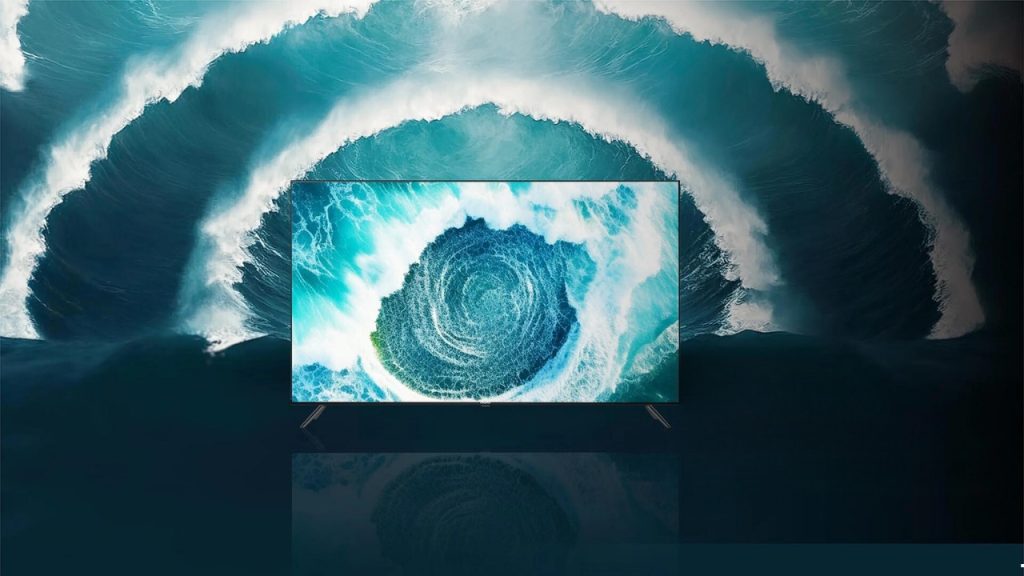
Input lag refers to the delay between pressing a button on your controller and seeing corresponding action displayed on screen. While some players may not notice the difference between a few milliseconds here or there when playing casual games, others deem it a critical issue, especially those who engage heavily in competitive play where split second decisions matter most. To reduce input lags, select those LED TVs with low input lag values, usually less than 20ms, coupled with dedicated game modes that optimize settings for quicker response times, hence creating seamless user experiences during gaming activities.
The Haier QLED 140cm (55) Smart Google TV – 55S9QT is smaller screen television with following features:
- QLED display with quantum dot technology for enhanced color, brightness, and energy efficiency
- Dolby Vision IQ and Dolby Atmos for optimized picture quality and immersive audio
- Local dimming for deep blacks and high contrast
- MEMC 120Hz for smooth motion clarity
- Hands-free voice control with Google Assistant
- Google TV interface for personalized recommendations
- 3GB RAM + 32GB storage for smooth performance
- Game mode with VRR and ALLM for optimized gaming
- dbx-tv audio enhancement for immersive sound quality
How to Connect Your Gaming Console to the LED TV
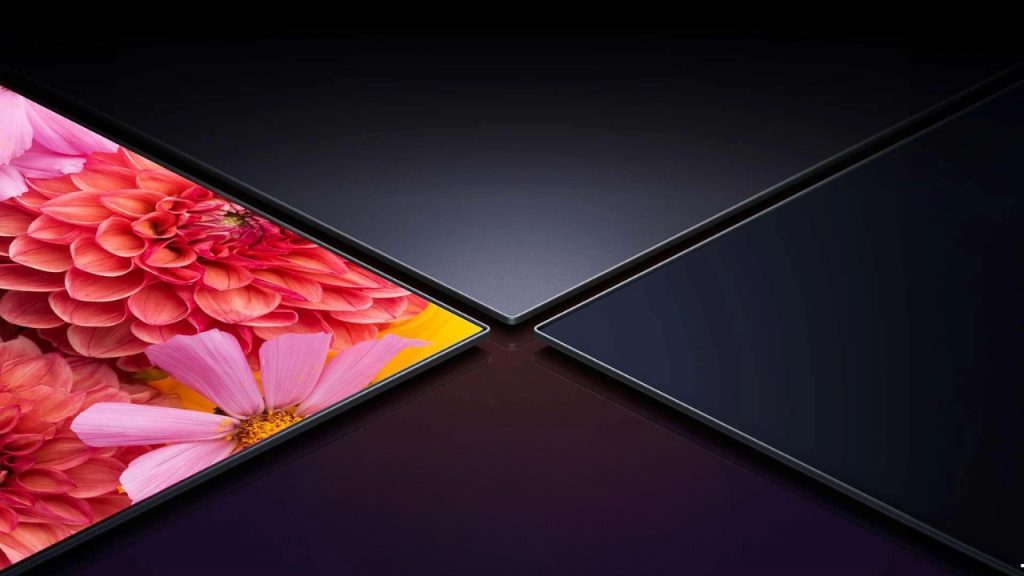
HDMI Connections
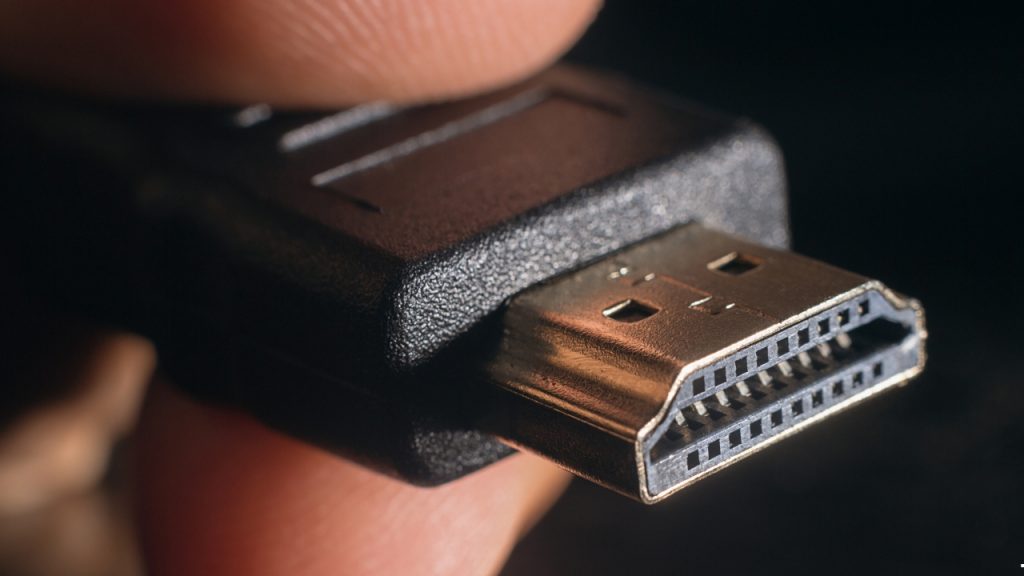
Most modern gaming consoles use HDMI (High-Definition Multimedia Interface) cables for connecting to your LED TV sets. Therefore, ensure availability of enough HDMI ports on your television set capable of accommodating all devices, including consoles themselves, plus any other peripheral equipment you might have connected at once. Use high quality HDMI cables so as not to compromise on picture/sound qualities delivered by this digital connection. In case your TV supports HDMI 2.1, then take advantage of Variable Refresh Rate (VRR) and Auto Low Latency Mode (ALLM) features, which enhance smoothness during gameplay among other things.
Audio Arrangement
The built-in speakers of your LED TV could work for some light gaming, but an audio setup exclusively used for games can bring everything to another level. For more involving, directional sound, connect your console to a sound bar or surround sound system. Ensure that the television has either a headphone jack or supports Bluetooth if you prefer gaming headphones.
Cable Organization
Proper cable management is key when it comes to keeping your gaming setup organized and tidy. Use cable ties, conduits, or a cable management box behind the TV and console to keep HDMI and power cables well-arranged such that they are not only neat but also prevent accidental disconnections or tripping hazards.
Adjusting TV Settings for the Best Gaming Experience
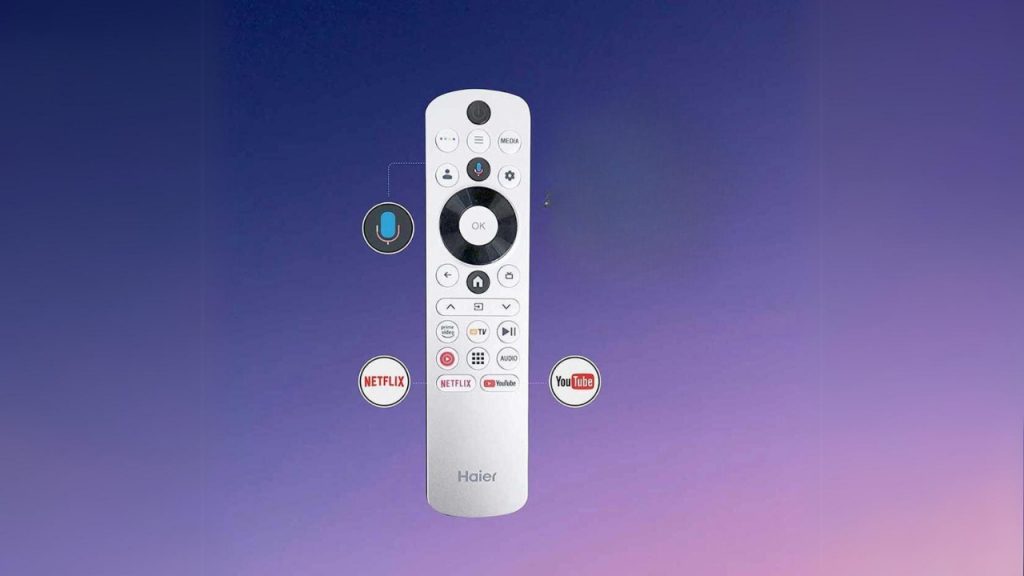
Picture Format And Calibration
Your LED TV’s default picture settings may not be game optimized. Check out the picture modes on your television and choose one which has good brightness, contrast, as well as color accuracy levels for games. Some TVs have a special gaming mode that does these adjustments automatically, but if not, you can use calibration discs or online tools to manually calibrate colors and contrast levels so that they appear most accurate on the TV screen.
Motion Smoothing And Game Mode
Motion smoothing (interpolation/motion blur reduction), in addition to making games look unnatural, can introduce input lag as well. Turn it off under your television’s settings for more responsiveness while gaming. Enable game mode where available so that input lag is further minimized, thus optimizing TV performance during playing time.
Color And Brightness Settings
You should adjust the color and brightness settings of your television according to both personal preferences and the gaming environment being used at any given time. If playing in a bright room, then increase contrast/brightness for visibility, while lowering them down when in darker environments like bedrooms, etc., where too much light may hurt eyes or cause discomfort during sleep. Try out different color temperature settings (cool, neutral, warm) until you find one that suits you best.
Enhancing Sound for Immersive Gaming
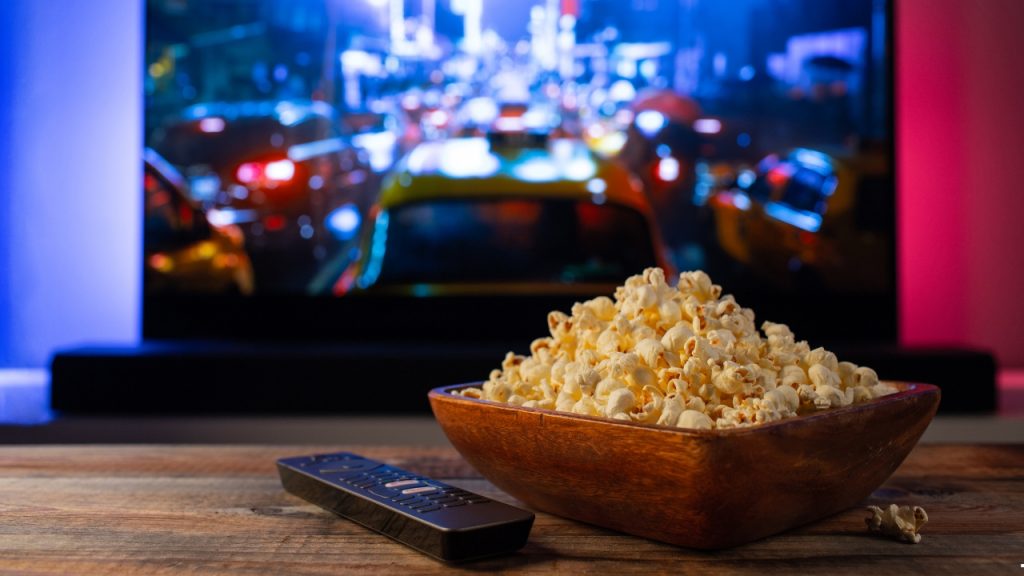
Using Sound Bars or External Speakers
In the case of casual gaming with LED TVs, built-in speakers may be okay, but a dedicated audio experience can be achieved through sound bars or external ones. Get a sound bar which has multiple channels and comes with a subwoofer for a richer soundscape during game playing sessions. Alternatively, go all out by setting up a surround sound system complete with several speakers if there is space, as well as budget, so as to have a truly cinematic gaming experience.
Setting Up Surround Sound Systems
If one decides on using a surround sound system, then it is important to follow the manufacturer’s instructions keenly while setting up the same at home. This way, optimal performance will always be realized from such electronics. Place them strategically around your gaming area, ensuring that each speaker stands equidistant from where you usually sit when playing games, while also ensuring they are at an equal distance apart from each other.
Optimizing In-Game Audio Settings
Do not forget about in-game audio settings once everything else has been sorted out, because failure to do so would mean not fully utilizing what your sound system can offer. Go through audio options within the game’s settings menu and choose the appropriate output format, i.e. stereo or surround, depending on the available setup. Adjust volume levels for various audio elements like sound effects, music tracks, dialogues, etc. so that they blend together, creating an immersive environment around the game world.
Troubleshooting Common Problems and Errors
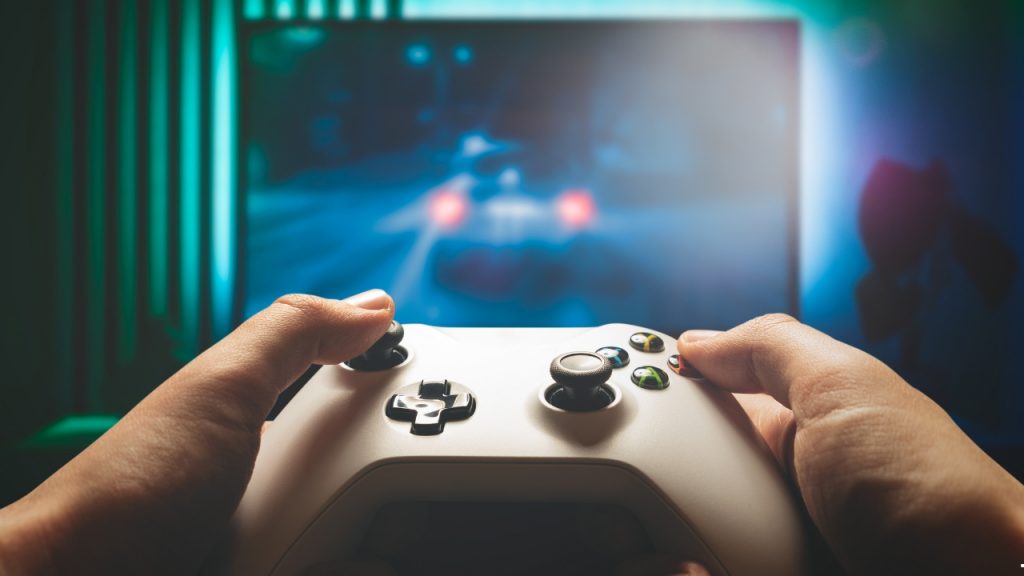
Dealing with Input Lag
If you are having noticeable input lag, make sure that your gaming mode is turned on in your TV. Ensure that the HDMI cable is properly connected or of good quality. If it still doesn’t work, try a different port for your console’s connection or use a different cable. You can also check if there are any firmware updates available for your TV or console to fix input delay problems.
Fixing Screen Tearing and Stuttering
Screen tearing happens when the frame rate of your console does not match the refresh rate of your television, while stuttering refers to intermittent delays between frames being displayed on-screen by either device involved in this process (console or TV). Enable VSync in-game settings, if applicable, to solve such issues by vertical synchronization. If using a VRR capable monitor, then enable it so that it can dynamically sync its refresh rates with console outputs.
Resolving Audio Sync Problems
When you see that the sound coming from your game is out of sync with what’s happening on screen, look into audio settings on tv for options like audio delay adjustment feature aka lip sync correction otherwise switch output format e.g PCM > bitstream etc could potentially resolve this problem as well but make sure other speakers / sound bar systems connected externally are plugged in correctly and configured rightly too.

